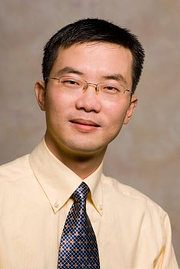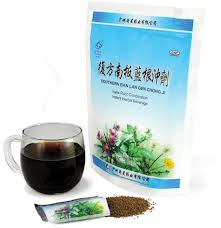AOMA believes strongly in leadership. One feature of that value is the knowledge of each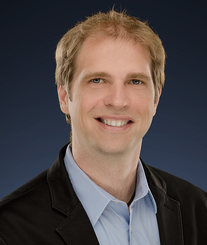 other’s story. Director of Community Relations, Sarah Bentley, interviews Doctoral Program of Acupuncture and Oriental Medicine Director Dr. John S. Finnell to gain insight on the journey to his role within the AOMA community.
other’s story. Director of Community Relations, Sarah Bentley, interviews Doctoral Program of Acupuncture and Oriental Medicine Director Dr. John S. Finnell to gain insight on the journey to his role within the AOMA community.
I was born in Odessa and raised in Plano, Texas, and my family roots are laid down in Holiday and Archer City. I consider myself fortunate to have experienced life in other cultures, like Seattle, Spain, Sweden and Poland. I also learned much from my travels throughout North America, other parts of Europe and Latin America. Never lose sight of where you’re from, because it leads to where you’re going!
Please briefly describe your path to Traditional Chinese Medicine.
From the start, I was faced with my own health challenges and spent my formative years in and out of surgery, casts and braces for correction of clubbed-feet. I think that it was a fire sparked at age seven by my orthopedist, who fated me with being pigeon-toed for the rest of my life, that led me to Traditional Chinese Medicine. It was that fire that fueled my intention to walk for years with my feet outward, until one day I became aware that they were straight. It is that same spark and fire that we cultivate in our patients that inspires their intention to heal from within.
Please briefly describe your career path so far in the field of acupuncture and Oriental medicine.
After undergraduate studies in chemistry and graduate studies in environmental engineering and sustainable infrastructure, I spent five years pursuing a career as an environmental contractor, primarily for the Environmental Protection Agency. It was the direct experience of investigating the most toxic places in our environment that inspired me to alter my focus from remediation of environmental health disasters to helping others regain their health and live in balance on this planet. Upon completing my Doctor of Naturopathic Medicine and MS in Acupuncture and Oriental Medicine at Bastyr University, I embarked post-doctoral training in complementary and alternative medicine research, sponsored by the National Center for Complementary and Integrative Health (NCCIH). During my postdoc, I conducted a clinical trial on vitamin D and Klotho (a marker of aging) and completed a master of public health in epidemiology at the University of Washington. I also worked on developing bio-molecular models of metabolism and aging for application to research in Oriental medicine. I likewise completed a clinical research residency at the TrueNorth Health Center in Santa Rosa, California, where I studied the safety of medically supervised water-fasting. In addition to my scholarly activities, I had a thriving medical practice at the Seattle Nature Cure Clinic, in which I integrated care with both Naturopathic and Oriental medicines.
Talk about the benefits of doctoral education in acupuncture and Oriental medicine.
I truly feel that my doctoral and post-graduate education have broadened my understanding of the challenges that we humans face living on God’s green earth. Doctoral training does provide the rare opportunity for us to explore our intellectual passions and create a new body of knowledge as the fruit of our scholarship. While a doctoral degree in acupuncture alone does not confer success, it does provide one with a credential to fill leadership positions within academia, act as the principle investigator on NIH funded research, teach at the doctoral level, and oversee doctoral-level clinical education. I am passionate about understanding the Naturopathic concept of the vital force ‘the Vis,’ and the Chinese concept of ‘Qi.’ I believe that these are more than concepts and that they are in fact measurably reflected in human physiology. It was my doctoral and post-graduate education that gave me the tools and vocabulary needed for my lifelong pursuit of exploring and understanding these concepts so fundamental to Naturopathic and Chinese medicines. Actualizing requires a few key ingredients: vision, action, perseverance, belief, and transformation. All of these ingredients may be found as you pursue your own dreams. My doctoral, and post-graduate, education provided the platform upon which I actualized mine.
What has been the most transformational experience you’ve had since starting on the path of Chinese medicine?
In 1993, while visiting the medical school at the University of Washington, a dear friend of mine, who knew of my passion for herbal medicine and the environment, suggested that I visit a small herbal medicine school in Seattle. I replied, “I am serious about my education!,” and was led, instead, to pursue graduate education and a career as an environmental engineer, thus sealing the first turn of my fate. Ten years later, I again began the pursuit of medical education, and another dear friend, knowing my holistic sensibilities, suggested that I instead consider a small acupuncture school in Austin. Now this is where it gets interesting! By the end of that same day, I came across a dual degree program in holistic medicine – a marriage of all that I was seeking. Thereafter, I embarked upon the second turn of my fate, and I set my intention to bring the knowledge that I gained in Naturopathic and Chinese medicines back to Texas. The scents of Seattle brought forth the memory and realization that I was attending that same ‘small herbal medicine school in Seattle’ – Bastyr University. Ten years later, with the fulfillment of my intention to bring the fruits of my pursuit of Naturopathic and Chinese medicines back to Texas, I now embark on the third turn of my fate at the ‘small acupuncture school in Austin.’ I would say that the dance between my early indoctrination and my life’s calling led to my most transformational experience, which was accepting my fate and pursuing it with all of my heart. It is no mystery that fate has guided me back to AOMA, and the future is full of possibilities.
Please share some accomplishments with us. What are you most proud of?
I am most proud of pursuing my dreams, despite the dreams that others may have for me. Whether it was my orthopedist telling me that I would be pigeon-toed for the rest of my life, mentors telling me to just become an MD and change the system from within, or deans telling me that I was ‘crazy’ to study Naturopathic and Chinese medicines and pursue further training in public health and research: I had a vision and put it into action; I lost sleep but persevered; I believed with all of my heart; and lo and behold I transformed into the dream. Though some may say that we have more than one life to live, I live as if I have just the one. I hope that everyone has the chance to fulfill their dreams as I have.
Tell us one unexpected thing about yourself.
I come from a musical family, and spent my early years mastering the trombone, baritone and tuba. I may be considered the black sheep in my family for turning away from a career in music, but my family does appreciate having a doctor around. Something unexpected – you may have heard me playing tuba or bass-trombone in a Dixieland jazz band on the streets of Stockholm!


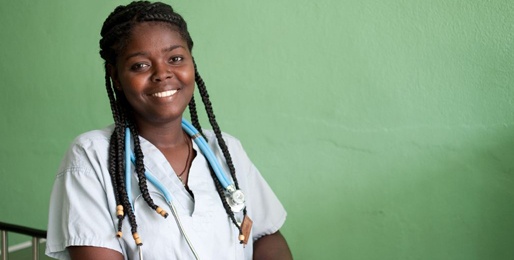
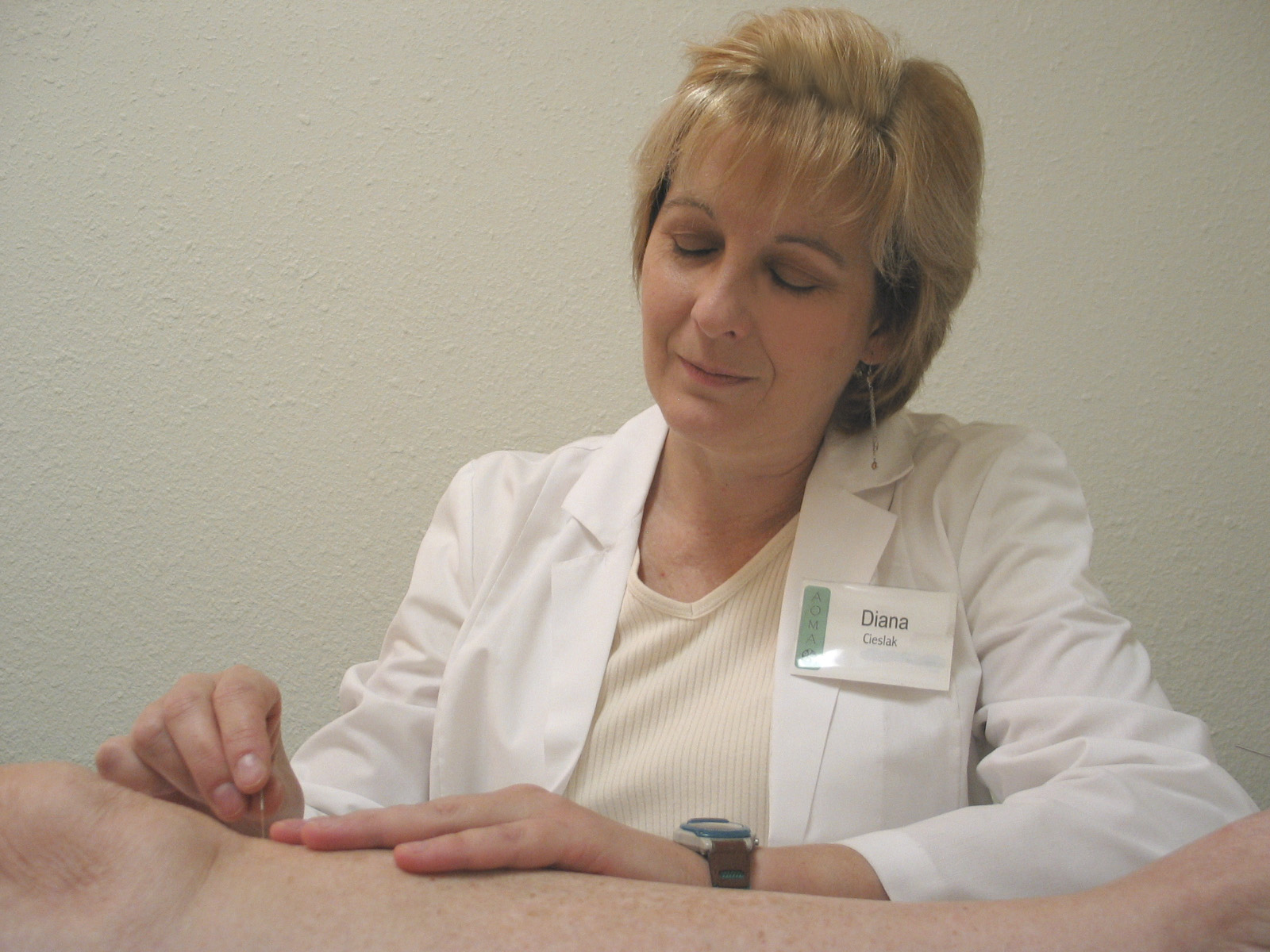.jpg?width=298&height=224&name=acupuncture_(10).jpg) Combining prior nursing education with Chinese medicine courses like those in the
Combining prior nursing education with Chinese medicine courses like those in the 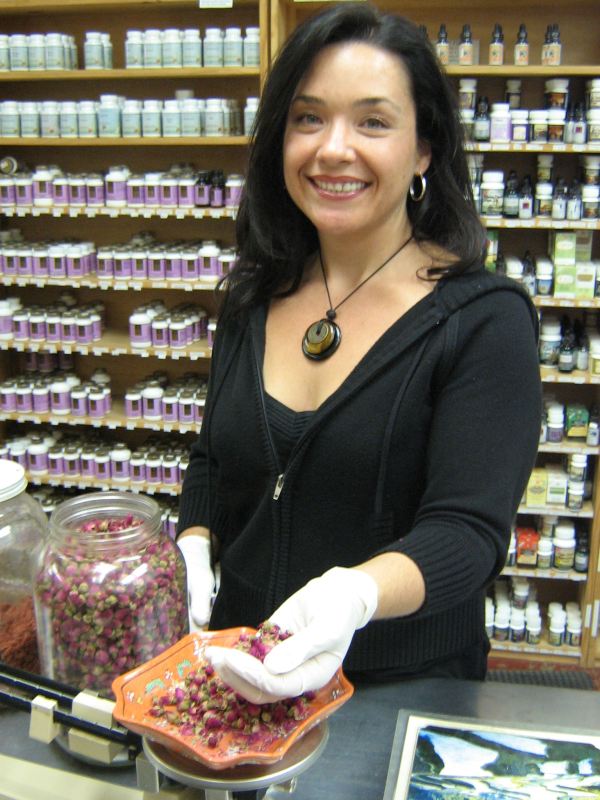-resized-600.jpg?width=234&height=312&name=herbs_(6)-resized-600.jpg)

.jpg?width=279&height=186&name=classroom_(2).jpg) The
The 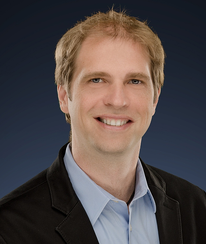 In January, AOMA hired the director of the doctoral program in acupuncture and oriental medicine,
In January, AOMA hired the director of the doctoral program in acupuncture and oriental medicine, 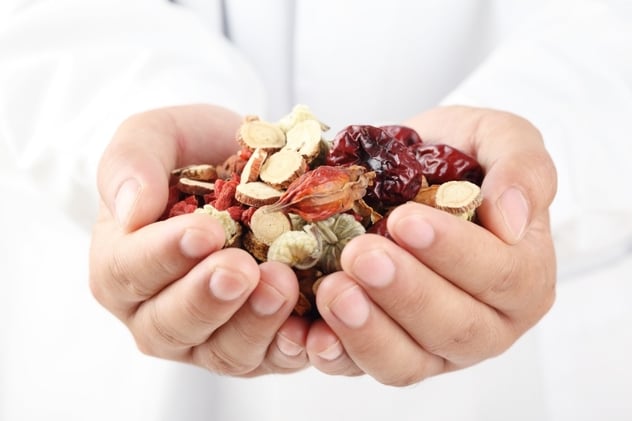
 What foods do I need?
What foods do I need?



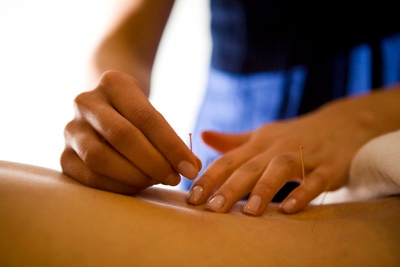
-resized-600.jpg?width=300&name=acupuncture_(7)-resized-600.jpg)

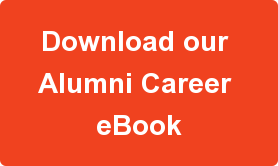
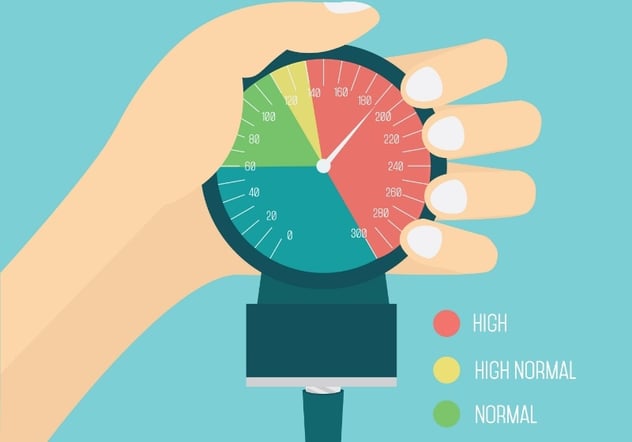 Hypertension is a series of clinical symptoms marked by increase of blood pressure in the arteries of blood circulation, according to the criteria suggested by the
Hypertension is a series of clinical symptoms marked by increase of blood pressure in the arteries of blood circulation, according to the criteria suggested by the 

-resized-600.jpg?width=260&height=343&name=acupuncture_(8)-resized-600.jpg)


